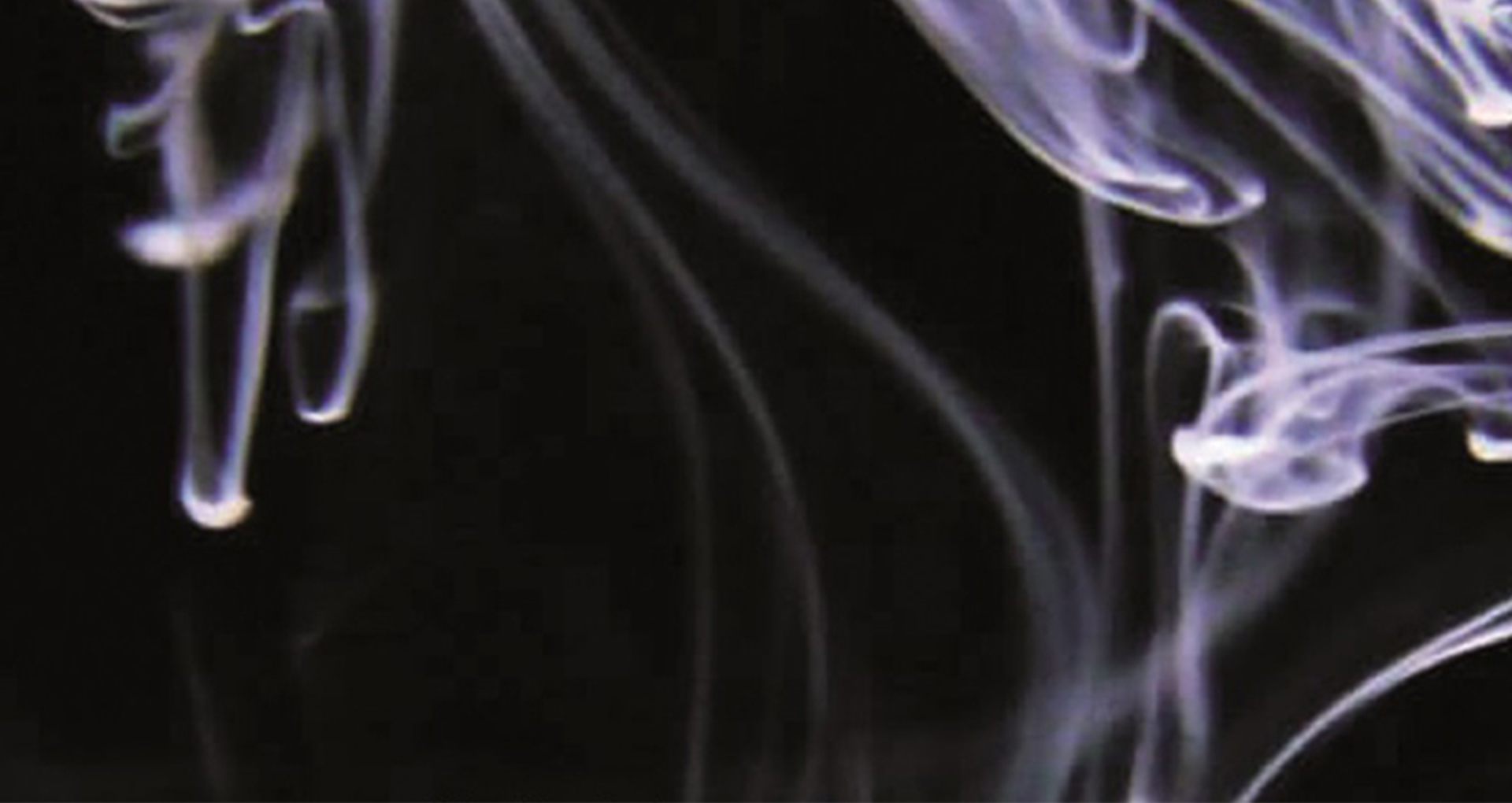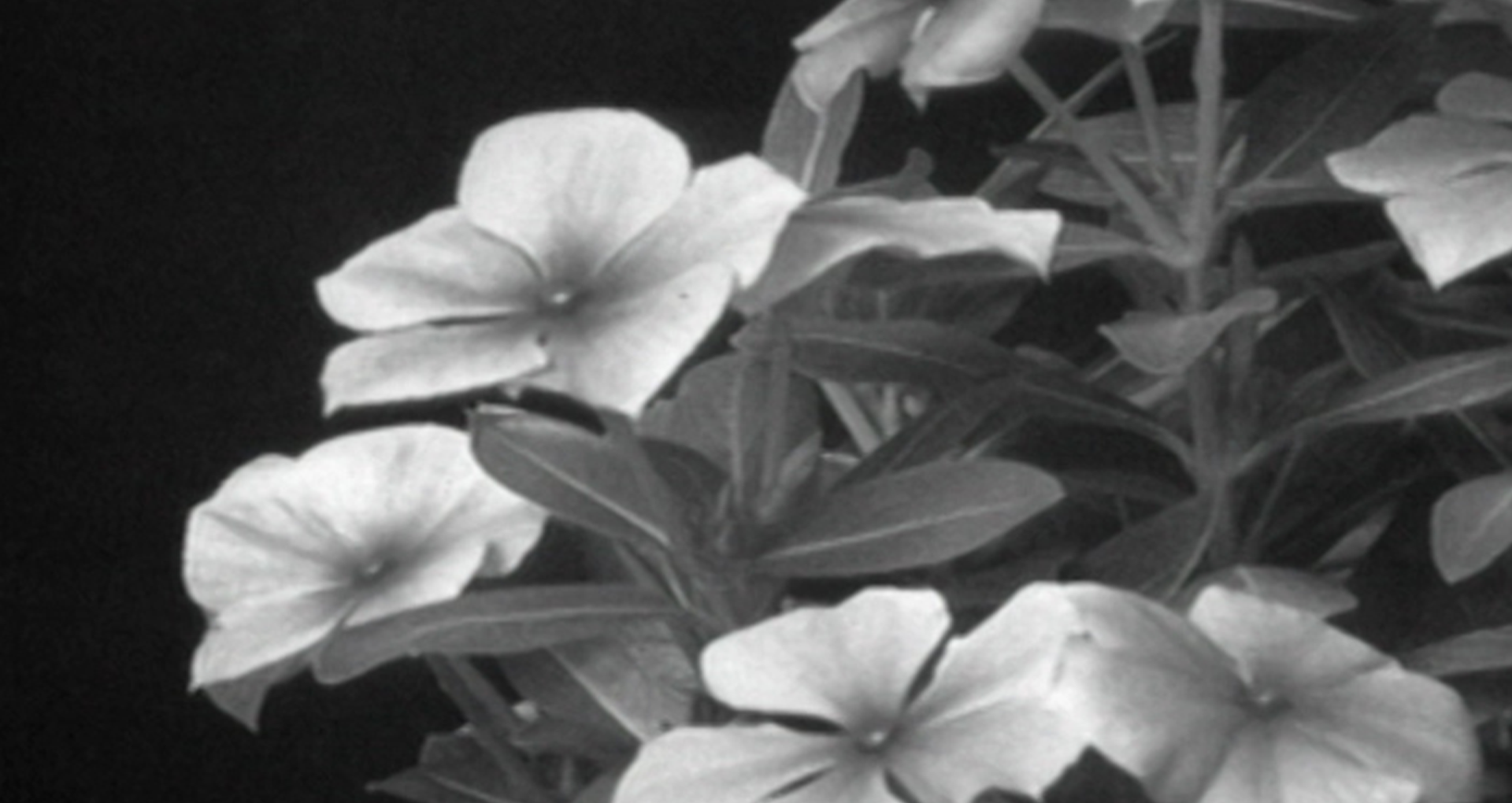
© Klex
Videographe at 6th KLEX Festival, Malaysia
Screening
Curator : Fabrizio Gilardino
Artists: Dorion Berg, Nathalie Bujold, Stéphane Claude, Eric Gaucher, Pierre Hébert, Etienne de Massy, Eduardo Menz, Véronique Sapin, Jules Saulnier
Responding to the invitation of Siew Wai Kok – founder and director of Kula Lumpur Experimental, Film, Video & Music Festival Malaysia – the independent curator Fabrizio Gilardino will present, in the flesh, an entire program devoted to the diversity of works from the Videographe’s collection and a part of experimental creation from Quebec during the past 15 years. Videographe is part of the international guest’s programs component including selections from Australia, Germany, Poland and Thailand.
Fabrizio Gilardino
When Kok Siew-Wai, KLEX’s founder and director, told me that this year’s theme was “Pulse”, American composer Steve Reich immediately popped up in my mind. A couple of days later, I found out that the United Nations has declared 2016 the UN International Year of Pulses (the so-called “grain legumes”: kidney beans, peas, lentils).
In medicine, one’s pulse represents the tactile arterial palpation of the heartbeat, whereas in physics, a pulse is a single disturbance that moves through a medium from one point to the next. Finally, in signal processing the term “pulse” could mean a rapid change in the characteristic of a signal (phase or frequency), from a baseline value to a higher or lower value, followed by a rapid return to the baseline value.
Reich’s name came to mind not only because the cycle of eleven chords at the beginning and at the end of his most beautiful composition—1974’s “Music for 18 Musicians” — is indeed called “Pulse” or because many of his biographies paint him as “the creator of ‘phase’ and ‘pulse’ music”, but also because music has always played a major role in my life.
I’ve been involved in music (particularly “creative music”) for most of my life—briefly as a musician, but mainly as a record producer, concert organizer, curator and graphic artist—so it should come as no surprise that many of the video artists featured in this programme have developed over the years very strong relationships with composers and sound designers, or nurtured a special interest in “sound”, so as to create true collaborative audio-visual gems.
From the extremely slow “pulse” of John Cage’s piece “Organ2/ASLSP”, which will last over a period of 639 years—and which is at the core of Pierre Hébert’s “John Cage—Halberstadt”, to the manic beat of Gerard Leckey’s music “OK Gerard” by Nathalie Bujold; from Étienne de Massy’s exploration of the relationship between visual and abstract narrative set to an impressive score by acclaimed electro-acoustic composer Nicolas Bernier, to Eduardo Menz’s short movie’s astonishing “natural” soundtrack (where only incidental music is played for a few seconds), and Dorion Berg’s humorous look at the “digitality” of the information object, you’ll find in this programme rhythmic successions of both images and sounds, lots of heartbeats, and plenty of more or less rapid visual changes. Alas, no beans or lentils (but, hey, we’re still in 2015…).
PROGRAMME
Soyouz-Choisy by Etienne de Massy (6 min30, 2015)
OK Gérard by Nathalie Bujold, 2009, 4 min 11
Jonh Cage—Halberstadt by Pierre Hébert, 2013, 10 min 50
Postcard by Jules Saulnier, 2014, 3 min 04,
A film portrait on reconstructing 12 possibilities that preceded the disappearance
of zoe dean drum de Eduardo Menz, 2011, 11 min 25
ASCII alphabet by Dorion Berg, 1999, 5 min30
The Impossible Ark by Véronique Sapin, 2002, (8 min 40
Ouverture Phénoménale by Stéphane Claude, 1991, 1min30
Fabrizio Gilardino is a bespectacled, infra-thin young man in his early fifties. Since the 1980s he has been working as graphic designer, illustrator, artistic director, record producer and curator, collaborating with a variety of festivals, art galleries and artist-run centres, record labels, radio stations and magazines both in Canada and Europe. Born in Italy, he currently divides his time between Montreal and South-East Asia..






